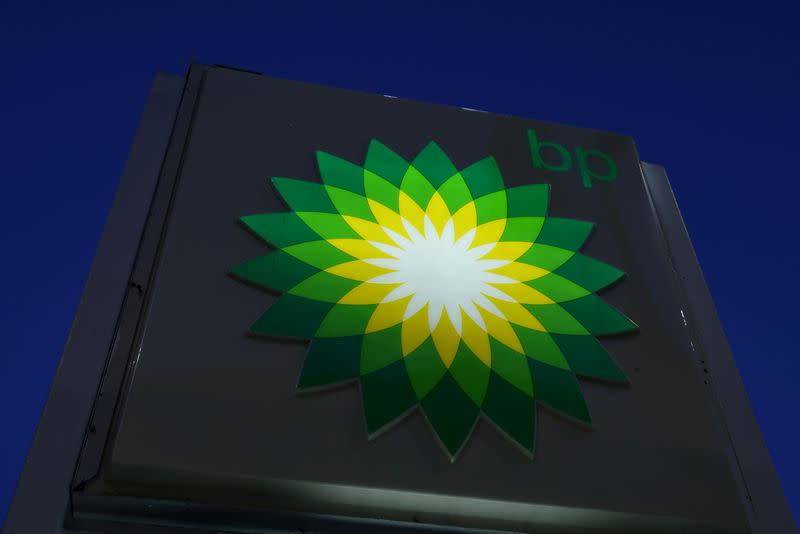Almost five years ago, BP embarked on an ambitious attempt to transform itself from an oil company into a business focused on low-carbon power.
The British company is now trying to return to its roots as a big oil and gas player with a growth story to match rivals, revive its share price and allay investor concerns over future profits.
Rivals Shell and Norway’s state-controlled Equinor are also scaling back energy transition plans set out earlier this decade.
Their change of direction reflects two major developments – the energy shock from Russia’s invasion of Ukraine and a drop in profitability for many renewables projects, particularly offshore wind, due to spiralling costs, supply chain issues and technical problems.
BP CEO Murray Auchincloss plans to plough billions into new oil and gas developments, including in the U.S. Gulf Coast and the Middle East, as part of his drive to improve performance and boost returns.
BP has also slowed down low-carbon operations, halting 18 early-stage potential hydrogen projects and announcing plans to sell wind and solar operations. It has recently cut its hydrogen team in London by more than half to 40 staff.
Shell CEO Wael Sawan has vowed to take a ruthless approach to improve its performance and returns and close a yawning valuation gap with larger U.S. rivals Exxon Mobil and Chevron.
The company has scaled back low-carbon operations, including floating offshore wind and hydrogen projects, retreated from European and Chinese power markets, sold refineries and weakened a 2030 carbon reduction target.
Shell is seeking buyers for Select Carbon, an Australian company it acquired in 2020 which specialises in developing farming projects used to offset carbon emissions.



